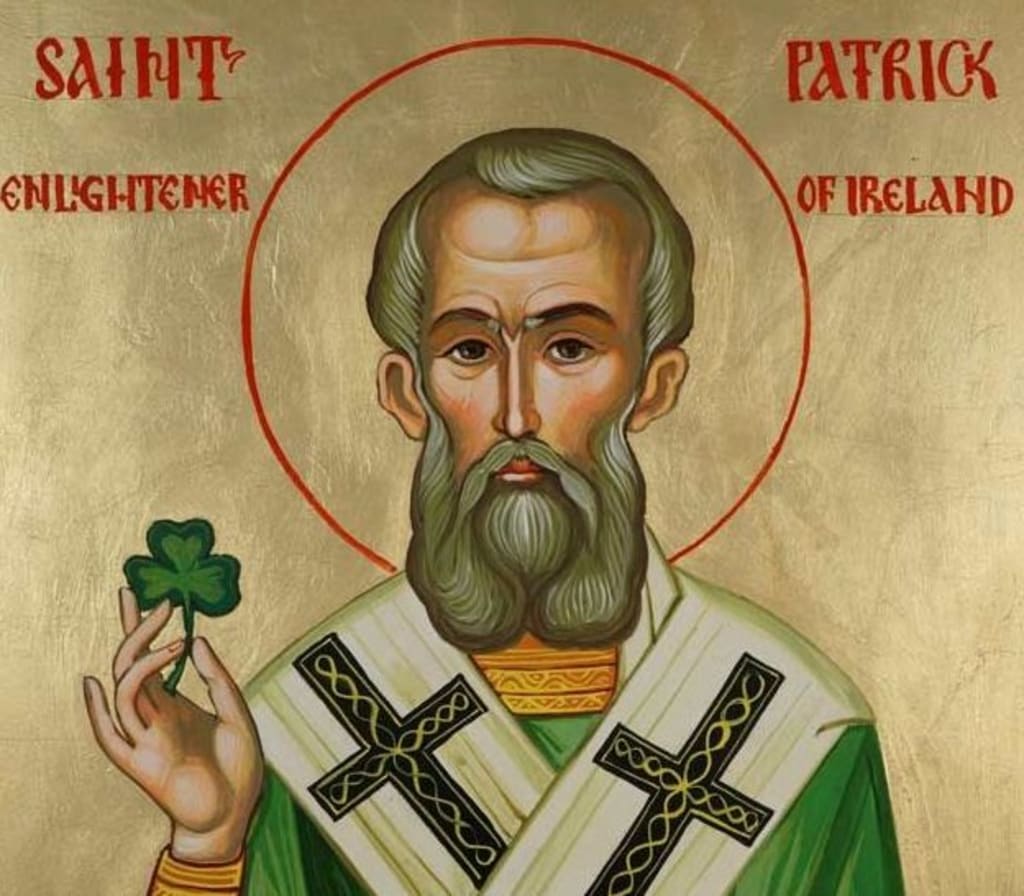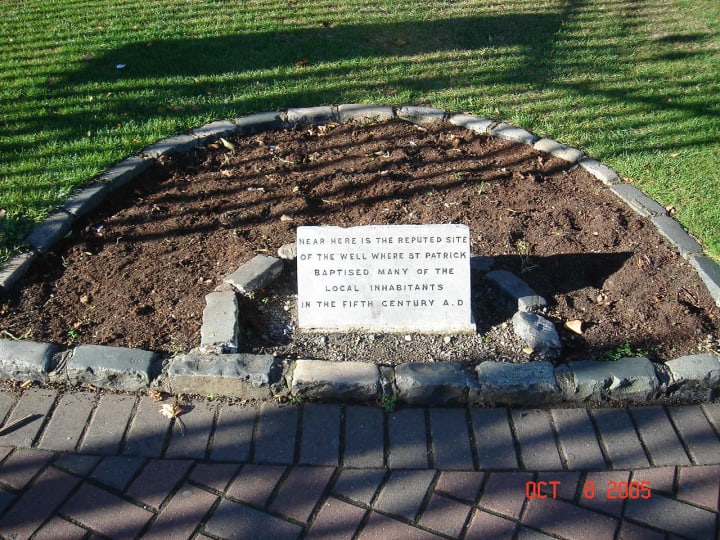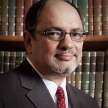
Did you know that the patron saint of Ireland was not born in Ireland, but in Britian? He initally hated Ireland -- with good reason -- then later loved it.
Although much of the life of the patron saint and Apostle of Ireland is shrouded in legend, St. Patrick was probably born around the year AD 389. Stories are told of the many contests Patrick had with Druids, pagans, and polytheists, as well as the well known but unlikely story of him driving the snakes from Ireland. More on that later. What we do know about him comes from his memoir, Confessio, which he wrote near the end of his life. It begins,
“I, Patrick, a sinner, most uncultivated and least of all the faithful and most contemptible to many, had for father the deacon Calpurnius, son of the late Potitus, a priest, who was of the village of Bannavem Taberniea.”
Kidnapped
He was born in the Severn Valley in southwest England, though claims have been made that he was born in Wales or Scotland. In any case, he was British, not Irish. He was doubtless educated in pre-Anglo-Saxon Britain under a Christian influence with a reverence for the Roman Empire, of which he was a citizen. His father was a landowner, and together with his family, he lived on their estate. At the age of sixteen, when he claimed he “did not then know the true God,” he was carried off by a band of Irish marauders. Irish tradition says he tended the herds of a chieftain by the name of Milchu in County Antrim. His bondage lasted for six years during which time, as he wrote, “turned with all my heart to the Lord my God.”
Escape
He fled 200 miles to the coast of Wicklow in eastern Ireland and encountered a ship engaged in the export of Irish wolf-dogs. After three days at sea, the traders landed, probably on the west coast of Gaul, and journeyed twenty-eight days through the “desert.” At the end of two months, Patrick parted company with his companions and spent a few years in the monastery on the island of Lerins off the coast of southern France. After returning home from the Mediterranean, the idea of missionary enterprise in Ireland came to him. He seems to have proceeded to Auxerre in north-central France where he was ordained by Bishop Amator and spent at least fourteen years there. But he felt called to Ireland. In his book Confession he recounted:
I saw a man coming, as it were from Ireland. His name was Victoricus, and he carried many letters, and he gave me one of them. I read the heading: “The Voice of the Irish”. As I began the letter, I imagined in that moment that I heard the voice of those very people who were near the wood of Foclut, which is beside the western sea—and they cried out, as with one voice: “We appeal to you, holy servant boy, to come and walk among us.”
St Patrick back in Ireland
Arriving back in Ireland in perhaps 432 Patrick was both an evangelist of the gospel of Jesus and an organizer of the faithful. Patrick converted the Irish who practiced at that time a type of Celtic polytheism. He battled heresy as well as engaged in trials of skill against Druids. There is some evidence that he traveled to Rome around 441-443 and brought back with him some valuable relics. On his return, he founded the church and monastery of Armagh in Northern Ireland. Some years later he retired, probably to Saul in Dalaradia. It is believed he died on March 17 sometime in the later 400s.

As one travels through Ireland, there are many stories and legends about Patrick. One story in Dublin has it that the St. Patrick Cathedral (pictured above) is situated at the site of an old well where Patrick would baptize converts into the faith. There is a stone tablet in front of the church commemorating the location (pictured below).

St Patrick Legends
Other legends report him ridding Ireland of snakes, though it is unlikely that post-ice age Ireland had any snakes. For another view on this story of the snakes, see my three articles on the history of St. Patrick associated with the west of Ireland at Croagh Patrick in County Mayo on Reek Sunday at this link.
St Patrick Celebrations

In modern times the feast associated with his death on March 17, St. Patrick’s Day, has become primarily an ethnic holiday celebrating Irish heritage in much the same way as Columbus Day is a celebration of Italian ethnicity in the United States. Indeed, major Irish celebrations of the day in the United States predated large public celebrations in Ireland itself!
The first celebration was likely in Boston among Irish immigrants in 1737. In New York , the first St. Patrick’s Day celebration was held in 1756 at the Crown and Thistle Tavern where it celebrated all things Irish, but was of a secular nature. In 1762 the first parade was celebrated in New York City by Irish soldiers serving in the British army.

In Chicago, there are two St. Patrick’s Day Parades (except during Coronavirus, but they still dye their river green.)
In Ireland, the celebration was primarily a religious one until the 1970s, and bars and pubs were closed.

In the U.S., you can’t close down the schools on St. Patrick’s Day without showing ethnic bias. So Massachusetts’ Suffolk County, among other counties, closes the schools to commemorate March 17, 1776, the day the British troops cleared out of Boston in the American Revolutionary War. For the record, they call it Evacuation Day.
Public Service Announcement: The CDC has announced that drinking green beer on St Patrick's Day does not cure COVID.
Bill MacPetro, your friendly neighborhood historian
If you enjoyed this article, please consider leaving a comment. Subscribe to have future articles delivered to your email.
About the Creator
Bill Petro
Writer, historian, consultant, trainer
https://billpetro.com/bio






Comments
There are no comments for this story
Be the first to respond and start the conversation.